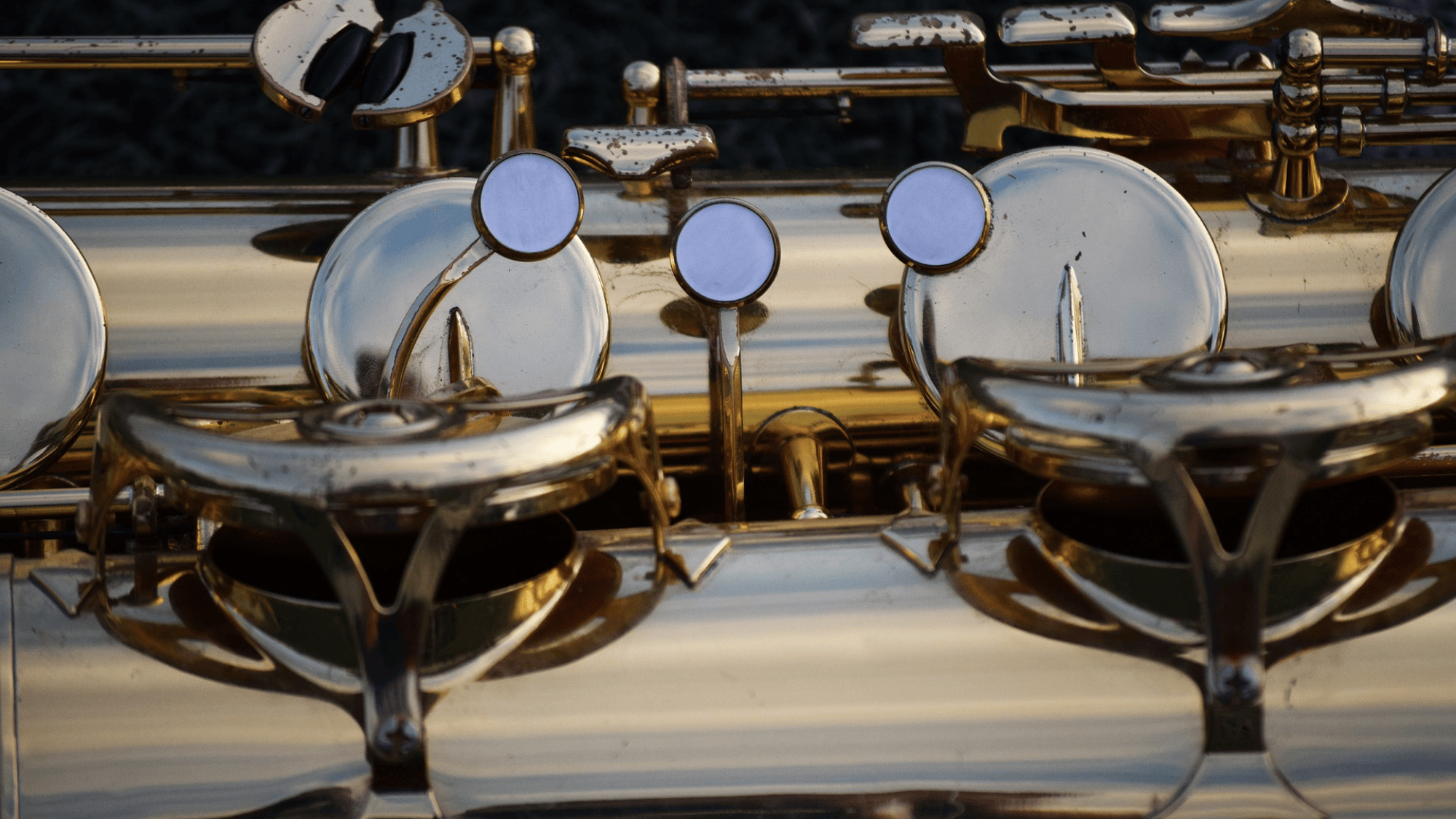Introduction
Circular breathing is an extended technique used by performers when there is no place in a musical passage to take a breath. This technique allows the wind players to take a breath while continuing to sustain the notes currently being played. When utilizing circular breathing, the performer pushes air into the instrument with the cheek muscles while at the same time breathing in through the nose. This technique keeps a constant airflow moving into the instrument while allowing the performer an opportunity to take breaths when needed.
Circular breathing is also used by performers in commercial and jazz music as a way of showing their mastery of the instrument. This technique, which is somewhat of a novelty, can be a useful tool when used properly in performance.
Learning to Circular Breathe
To develop the ability to circular breathe, the saxophonist should practice the following procedures.
- Inhale through the nose and then blow air out of the mouth while allowing the cheeks to fill with air and puff out.
- Inhale through the nose, while keeping the mouth closed. Next, blow air into the oral cavity allowing the cheeks to fill with air and puff out. Keep the mouth closed so no air can escape. Now slowly force the air contained in the cheeks out of the mouth by squeezing the cheeks back into their original position.
- Repeat step number two but when forcing the air out of the mouth with the cheeks, also inhale through the nose.

- Using a glass filled with water and a drinking straw, inhale through the nose and begin blowing bubbles into the glass of water through the drinking straw. Allow the cheeks to fill with air and puff out while doing this. Next, force air into the straw by squeezing the cheeks back to their original position. At the same, inhale quickly through the nose. When the air is gone from the cheeks, begin blowing air into the straw from the lungs. The air bubbles should not stop at any time during this process.
- Using only the mouthpiece and neck of the saxophone, inhale through the nose and begin a tone by blowing into the mouthpiece. Allow the cheeks to fill with air and puff out while doing this. Next, force air into the mouthpiece by squeezing the cheeks back to their original position. At the same time, inhale quickly through the nose. When the air is gone from the cheeks, begin blowing air into the mouthpiece from the lungs. The tone being produced should not stop at any time during this process. Using a softer reed when practicing this exercise will make it easier.
- Assemble the saxophone and repeat step five while fingering an open C# on the third space of the staff. When successfully circular breathing on this note, continue to practice on the notes C, B, Bb, A, Ab and G working down chromatically from C#.
- Practice circular breathing while trilling between any of the notes listed in step six.
- Practice circular breathing by playing the top tetrachord of a C major scale. Starting on the note G, play the notes G, A, B, C, ascending and then descending back down to the G. Continuously repeat this pattern circular breathing when needed.
- Practice circular breathing while playing a G major scale. Starting on G, continuously play the G major scale up to the ninth, which is the note A, and then back down circular breathing when needed.
- Practice circular breathing while playing a variety of scales and scale patterns.
By practicing these procedures, the saxophonist will develop the ability to circular breathe and over time, become comfortable enough with this technique to begin using it in performances.






